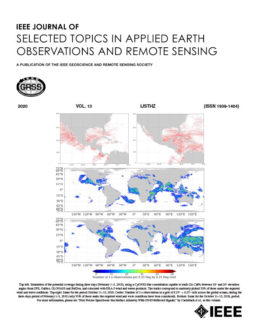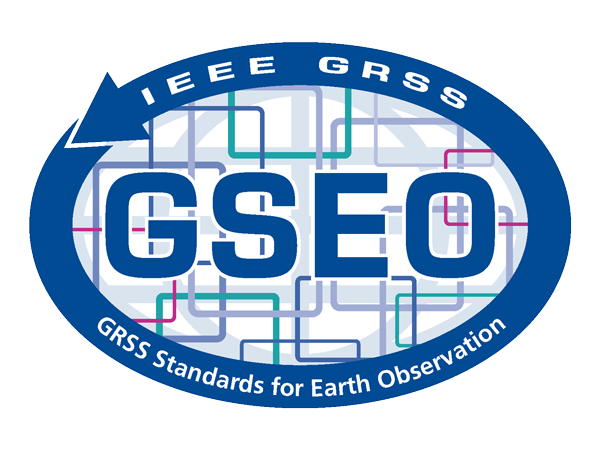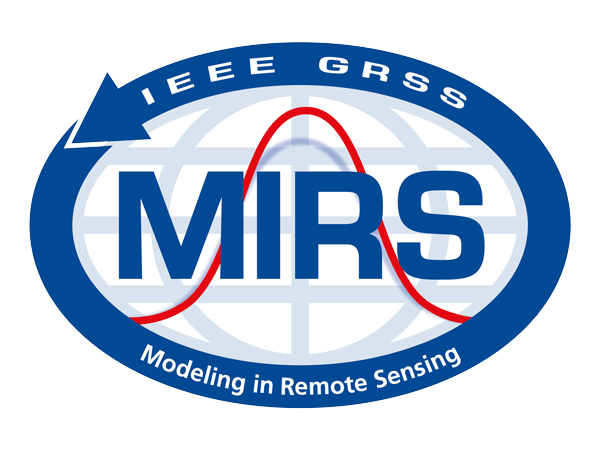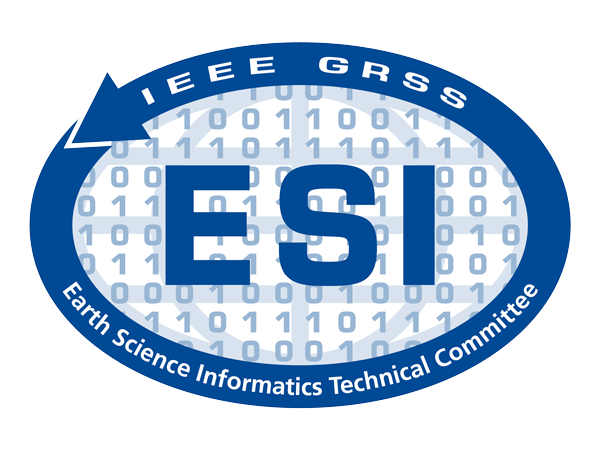Wednesday, April 17, 2019
15:00 GMT/UTC
11:00 AM US Eastern Time
Speaker: Chris Rampersad, VP of Engineering – UrtheCast
GRSS Industry Distinguished Lecturer
Sponsored by GRSS
 A behind the scenes look at raw satellite data processing.
A behind the scenes look at raw satellite data processing.
Humans have been launching earth observation satellites for decades, but space remains a complex and challenging endeavour where we are still striving to simplify, democratize, and innovate. “New Space” has been doing its part to accelerate the pace of innovation by employing agile engineering and off-the-shelf hardware, and by creating smaller and lower cost satellites. However, challenges remain and, in some areas, have even increased. Mission design is one example. True mission design takes a holistic view and strategically moves complexity between space (satellite) and ground (software) in order to create the best possible product at the lowest cost. This means that as companies strive for simpler, cheaper, and faster hardware solutions, challenges are often moved from the satellite to the ground segment and the satellite mission’s final product quality can only be realized after including the ground processing.
While many users are content to receive analysis ready products, numerous scientists and end-users seek the purest, untouched form of raw pixel data directly from the satellites so that they can model and control exactly what manipulations happen to the imagery. These types of requests become even more challenging when data providers rely on proprietary algorithms to produce the data quality their customers demand. The truth is that very few data providers are willing to provide actual raw data directly from the satellites. Instead, the industry has expanded the term “Raw” data rather flexibly, with new names such as L1A, L1B, or Basic products. In reality, these “Raw” products are processed long before getting to the end user and in some cases are processed quite significantly.
This seminar explores some of the trade-offs often made between satellite and ground, the reasons satellite image providers manipulate the image pixels prior to delivery, some of the manipulations that are done prior to generating products, and strategies for determining if the data provider has accurately processed and calibrated the imagery. By the end of this session, participants will understand how to reliably incorporate well executed processing by satellite data providers into their data stream.
SPEAKER’S BIO:
Chris Rampersad is currently the VP of Engineering at UrtheCast, a leading-edge earth observation company based in Vancouver, Canada. He is responsible for the overall engineering activities for the upcoming UrtheDaily mission, which will power geoanalytics at a daily global scale with true scientific quality 5-meter resolution imagery. Chris has been developing mission solutions and software algorithms for improving image quality in earth observation sensors for over 15 years for some of industries’ leading satellites including the WorldView Constellation, as well as other classified projects. He holds a Master of Applied Science in Aerospace Engineering from the University of Toronto Institute for Aerospace Studies (UTIAS), a B. Eng in Aerospace Engineering from Carleton University in Ottawa and a BSc in Physics (Honours) from the University of Manitoba. For the past 6 years, Chris has been employed at UrtheCast where he acted as a ground and space systems engineer, technical lead for UrtheCast’s optical processing system, and technical commissioning lead for the Theia medium resolution and Iris high-resolution video sensor (World’s first colour high-resolution video from space). Chris also worked at MDA in Vancouver for 9 years as a ground segment technical lead on a variety of earth observation satellites and sensors including the RapidEye Constellation.



























